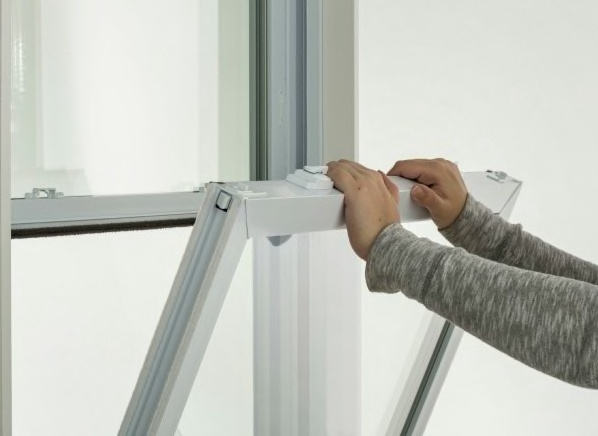How do I choose windows for my home?
New windows can make your home quieter, more attractive, and less drafty, and they don’t need painting. But replacing your windows is expensive, and there are lots of decisions to make before you swipe your credit card. Here’s what you need to know plus some window picks from the experts at Consumer Reports.
How much needs to be replaced? If the existing frames and sills are still sound and square, you can use partial (pocket) replacement units. These fully assembled units slip into the existing frames, saving you money on materials and labor. But if your frame or sill is rotted, you’ll need full-replacement windows, which include the frame, sill, jambs, and generally a nailing flange that attaches the window to the outside wall around the opening.
Pick a window type. The style of your house and the existing windows may help you decide.Our style library for homes shows bungalows, ranches, and seven other house styles, as well as the type of windows often used for each. The library has great tips on trim color and hardware. We tested two of the most common types, double-hungs and casements. You can change between types, as long as the size is available.

On double-hungs the lower inside sash slides up and an upper outside sash slides down, improving air circulation and making full screens ideal. Cleaning is easy, because you can tilt the sash on any of the tested windows. Casements are hinged on one side, like a door, and a crank lets you open them outward, ideal for hard-to-reach areas such as over a kitchen sink. They’re usually more airtight than double-hung because the sash locks against the frame to close. When fully open, casements allow for good ventilation and easy cleaning. Sliders glide on a horizontal track. Awning windows are hinged at the top and open outward, while hopper-style windows are hinged at the bottom and open inward.
Pick a frame material. Our tests found that there are excellent and mediocre double-hung windows regardless of the frame material, except for fiberglass. Wood frames tend to be the most expensive. All are usually clad in vinyl, aluminum, or fiberglass on the exterior to protect the wood and eliminate painting. Fiberglass-framed windows don’t need to be painted. Vinyl frames are usually the least expensive but aren’t as attractive. They don’t need to be painted or stained, though colors are limited and can’t be changed. Among casements, there was little difference between vinyl and wood frames.
Don’t rely on a contractor to choose. With all the decisions, it’s tempting to let the pro decide. But given the cost of new windows, the more you know about them, the better. Use our window Ratings and information to guide you. Scour manufacturer websites for ideas.Double glazing’s online design tool lets you pick a window type and then play with details such as finish colors, hardware style, and even wall hues. Go to stores to see the windows, inspect the frames, and try the handles.
Shop around. Prices for the same windows can vary among dealers. You might get a better deal in the off-season, usually late fall or winter. Manufacturers also run specials, so check their websites or sign up for alerts. If the windows in your living room or other lived-in areas of your home are broken or unattractive, consider replacing just those windows rather than waiting years to do the whole house. Though there are no federal tax credits planned for Energy Star-qualified windows in 2014 or 2015, some utilities and city and state programs offer rebates or incentives to buy Energy Star windows.